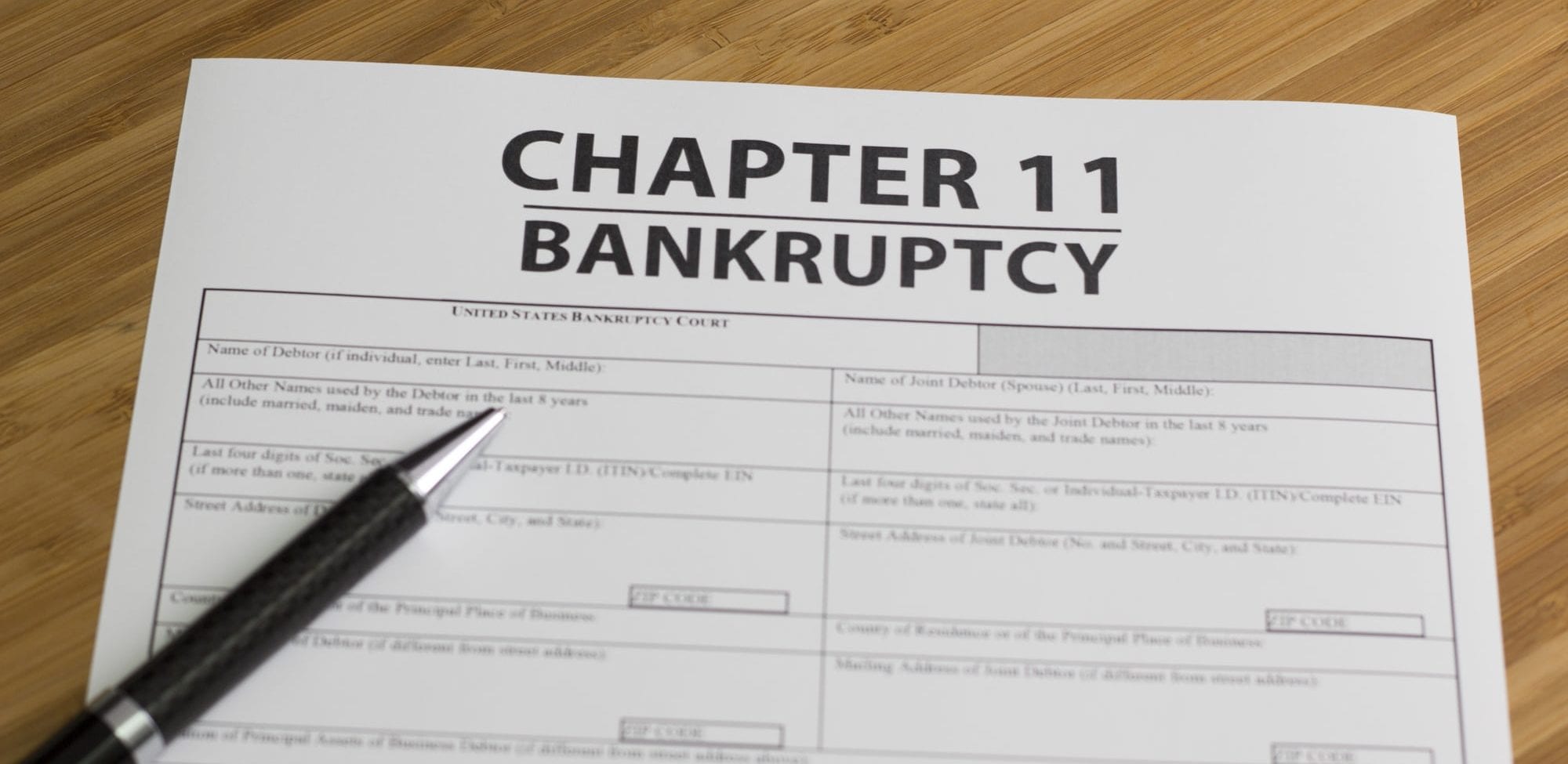Insolvency is a critical financial state where an individual or a business is unable to meet their financial obligations. In this article, we will explore the two primary types of insolvency: cash flow insolvency and balance sheet insolvency. Understanding these two categories is crucial for individuals and businesses facing financial challenges.
Cash Flow Insolvency: A Lack of Liquidity
Cash flow insolvency, also known as “actual insolvency,” occurs when an entity does not have enough liquid assets or cash on hand to pay its current liabilities, such as bills, loans, and other financial obligations. In simpler terms, cash flow insolvency is like having money locked up in long-term investments or assets, making it challenging to cover day-to-day expenses.
This type of insolvency often arises due to poor financial management, excessive debt, or a sudden downturn in business. It can result in difficulties meeting payroll, settling bills, or making loan payments, which can lead to legal action from creditors.
Balance Sheet Insolvency: When Assets Fall Short of Liabilities
Balance sheet insolvency, also known as “equity insolvency,” occurs when the total liabilities of an individual or business exceed the total value of their assets. In other words, if you were to sell off all assets and use the proceeds to pay off debts, there would still be an outstanding balance. This situation signifies a fundamental imbalance in the financial structure.
Balance sheet insolvency can be a result of depreciation in asset values, high debt levels, or poor investment decisions. It’s crucial to note that balance sheet insolvency doesn’t necessarily mean immediate financial distress, but it indicates a long-term financial vulnerability.
What Are the Consequences of Insolvency?
When an individual or business becomes insolvent, they may face a range of consequences. These consequences can include legal actions by creditors, damage to credit scores, and, in some cases, bankruptcy proceedings. The severity of these consequences can vary depending on the type and extent of insolvency.
Can Insolvency Be Avoided?
In many cases, insolvency can be avoided through careful financial planning and debt management. Individuals and businesses can take steps to improve their financial health, such as reducing unnecessary expenses, renegotiating debt terms, and seeking professional financial advice.
What Is the Role of Bankruptcy in Insolvency?
Bankruptcy is a legal process that can be initiated by individuals or businesses facing insolvency. It provides a structured way to address insurmountable debt and financial challenges. The specific type of bankruptcy, such as Chapter 7 or Chapter 11 in the United States, will depend on the circumstances and goals of the insolvent entity.
Can You Recover from Insolvency?
Recovery from insolvency is possible, but it requires a well-executed financial turnaround plan. This may involve selling assets, negotiating with creditors, and creating a realistic repayment plan. Professional advice and support from financial experts can be invaluable during this process.
Conclusion: Navigating the Complex Terrain of Insolvency
In the world of finance, insolvency is a challenging and often distressing situation. By understanding the two primary types of insolvency, cash flow insolvency and balance sheet insolvency, individuals and businesses can better assess their financial health and take proactive steps to avoid or address insolvency.
Cash flow insolvency highlights the importance of maintaining liquidity and being able to meet current financial obligations, while balance sheet insolvency emphasizes the significance of asset and liability management. Whether you’re a business owner or an individual, recognizing the early warning signs of insolvency and seeking professional guidance can be crucial for financial well-being.
If you find yourself or your business facing insolvency, remember that there are options available, such as bankruptcy and financial recovery plans, to help you regain your financial footing. With the right strategy and support, it is possible to navigate the complex terrain of insolvency and work towards a more secure financial future.







